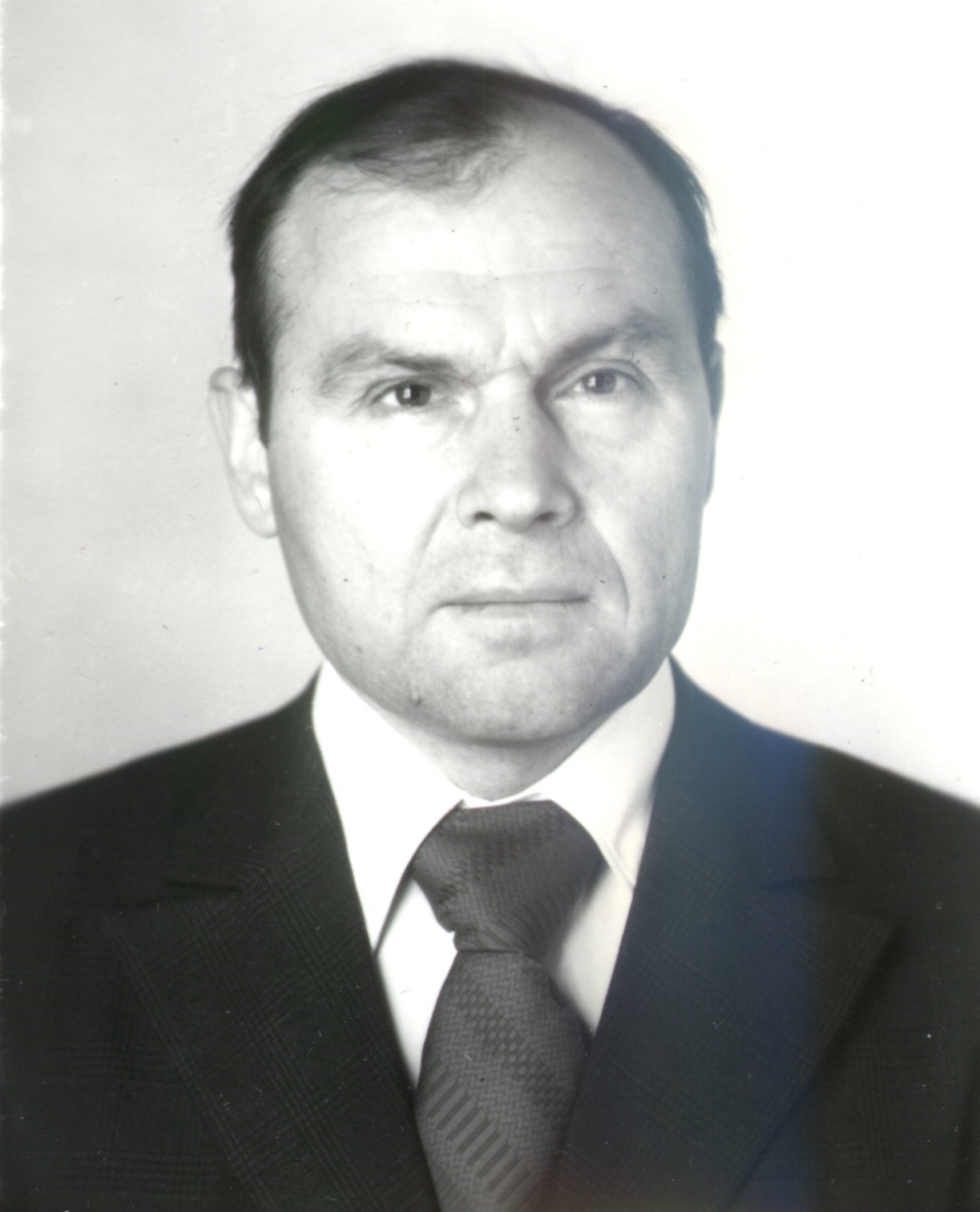
On the day of his 92nd birthday, December 1, 2021, the famous Soviet, Russian and internationally renowned surveyor Nikolai Gusev passed away.
Nikolai completed his secondary school education during the Great Patriotic War, combining his studies with work as a collective farmer, and then as a foreman of the collective farm.
In the period 1945 – 1949 he studied at the Moscow Topographic College, specializing in gravimetry. And after graduating from the technical school N.A. Gusev linked his life with gravimetry. Later, during the job, he high graduated and completed his postgraduate studies.
Sufficiently good knowledge of English, high erudition, colossal efficiency and ingenuity allowed Nikolai Aleksandrovich to become not only an excellent specialist in the field of instrumental gravimetry and gravimetric networks, but also to pursue a responsible scientific and technical policy in the construction of gravimetric networks in the USSR, the countries of people's democracies, Cuba, a number of countries in Africa, Asia and Australia.
Pursuing a far-sighted technical policy, the leadership of the Main Directorate of Geodesy and Cartography in 1970 organized a trip for A.N. Gusev to Paris (France) to get acquainted with A. Sakuma's ballistic gravimeter and to Monte Carlo (Monaco) to get acquainted with gravimetric work. Having thoroughly studied the methodological and design issues related to the creation and operation of A. Sakuma's ballistic gravimeter, Nikolai Aleksandrovich prepared a memo for the leadership of the Main Directorate of Geodesy and Cartography of the USSR, in which he showed the need to create ballistic gravimeters in the USSR.
The gravimetric network is a unique geodetic construction, which at that time had no analogues abroad in terms of the scale of its distribution, the reliability of fixing and the accuracy of the measurement results obtained at the same time. It allowed and allows at a high scientific and technical level to solve problems requiring accurate knowledge of the characteristics of the Earth's gravitational field, in fact, being the real basis for metrological support of gravimetric determinations and the basis for studying variations in the acceleration of gravity. For the first time, the gravimetric system was determined independently of the world and foreign systems, but reliably connected with them.
N. Gusev took an active part in the creation of a number of gravimetric polygons:
1. Murmansk - Tbilisi in 1962-1963.
2. Nalchik - Terskol in 1966
3. Tallinn - Sofia in 1968-1974.
4. Tehran - Shiraz in 1972
5. Hobart - Port Moresby in 1974
N. Gusev is an inventor with 6 copyright certificates and an active participant in the development of gravimetric measuring instruments.
Note that the joint efforts of the IA&E SB RAS and the Central Scientific Research Institute of Geodesy, Aerial Survey and Cartography with the active participation of N.A. Gusev was the creation of devices of the GBL type and its lightweight versions - the GBL-P and GBL-M gravimeter.
1978-1990 Throughout the USSR, divisions of the Federal Service for Geodesy and Cartography have created a high-precision state gravimetric network (more than a thousand points), which is the basis for all gravimetric determinations in the country and serves for carrying out gravimetric surveys, solving scientific, economic and military problems.
All devices developed at TsNIIGAiK were produced first at the master's institute (NIEM), then at the Experimental Optical and Mechanical Plant.
Since 1955 N.A. Gusev works in the gravimetric divisions of TsNIIGAiK.
N. Gusev was the head of the TsNIIGAiK expeditions both domestically and abroad to carry out high-precision pendulum measurements of the acceleration of gravity. He supervised or participated in pendulum measurements on about Svalbard (Norway, 1963), in Potsdam (GDR, 1966, 1967, 1971, 1982), Havana (Cuba, 1967), Warsaw (Poland, 1968), Banska Bystrica (Czechoslovakia, 1968), Bucharest (Romania, 1968), Budapest (Hungary, 1968), Sofia (Bulgaria, 1968), Halle (East Germany, 1971), Cairo (Egypt, 1972), Tehran and Shiraz (Iran, 1972), Tokyo (Japan, 1972) , in Sydney (Australia, 1972), in Hobart (Australia, 1974), in Port Moresby (Papua New Guinea, 1974), in Mogadishu (Somalia, 1975), in Helsinki (Finland, 2004). At the same time, pendulum measurements were highly accurate.
Nikolai Aleksandrovich took an active part in international meetings, where he was proposed a project for a European gravimetric network of socialist countries, which was accepted for production, discussed gravimetric work on the creation of gravimetric networks of socialist countries: in Prague (Czechoslovakia, 1975), in Potsdam (East Germany, 1976), in Budapest (Hungary, 1979), in Sofia (Bulgaria, 1981) in Budapest (Hungary, 1986).
1973 to 1977 he was head. laboratory of technology of gravimetric surveys. At this time, the Agat pendulum complex was created.
ON. Gusev has, among others, the following major awards:
- laureate of the F.N. Krasovsky award 2000,
- "Honored Worker of Geodesy and Cartography",
- medal "Kolyo-Ficheto" - Bulgaria,
- badge "Excellence in Construction" - Bulgaria,
He is the author of 87 scientific papers, one of the authors of the book "Gravimetry and Geodesy".
Recently, Nikolai has been engaged in the creation and further improvement of transportable ballistic gravimeters for absolute determination of the acceleration of gravity. Joint development of TsNIIGAiK and the Institute of Automation and Electrometry SB RAS. Having retired, until the end of his life he disinterestedly consulted the younger generation and helped with valuable advice in scientific research in the field of instrumental gravimetry.

